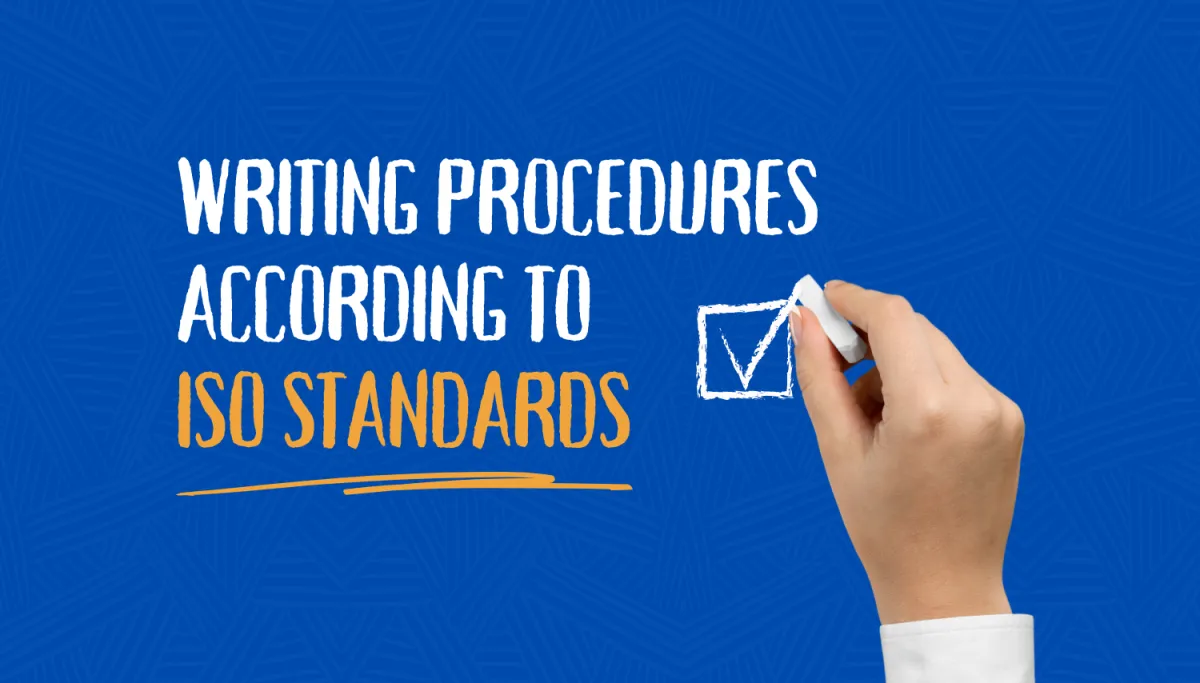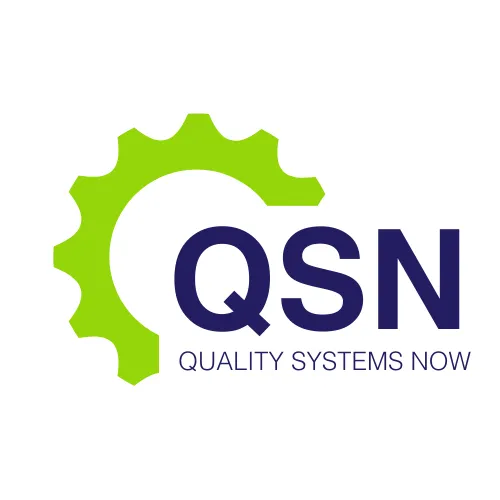LATEST NEWS

Writing Procedures According to ISO or GMP Standards
Procedures are one of the most important tools for ensuring consistency and compliance with ISO or GMP standards. When they align with the regulatory standards, then your company can demonstrate their commitment to quality and efficiency. Writing user-friendly, plain language documents requires a simple, but methodical approach. This article provides practical tips to craft user-friendly procedural documents that meet ISO or GMP standards.
Do you need help with your procedures? Or do you need to train your team in writing user-friendly documents? Talk to us to find out how we can enable you in this process.
Understanding Regulatory Requirements: Writers must understand the regulations that apply to the procedure they are writing. They don't have to be an Subject Matter Expert, but they must have a good, general compliance understanding.
Process Mapping: Procedures must reflect the actual process being described! It is very helpful to facilitate a process mapping session with Subject Matter Experts before starting to write a procedure. Map the stages of the process map to section headings in the procedure. That way, the procedure will always match the process and won't end up with headings describing random buckets of information.
Document Structure: Each document type should have a document structure. Its easiest to implement these by having templates with the required section headings, document headers and footers ,compliance information like document numbers, version numbers and titles etc. Keep the front matter short! Readers do not want to have to search to find the beginning of the process.
Clear and Concise Language: Clarity and conciseness are important to ensure that the procedure is SIMPLE. The KIS principle definitely applies! Use the simple language, don't try to use big, flowery words. Use shorter sentences to make sure that tense and the action of the sentence verb are clear. And always use active voice.
Hierarchy: The Quality Management System (QMS) must have a hierarchy in the types of documents. It's usually policy (including the Quality Manual, procedures, instructions, forms, then records. Each type of document should include different information types.
Stakeholder Involvement: Engaging stakeholders throughout the writing process - these are usually your Subject Matter Experts and managers. Obtain input from the key stakeholders. Using a lot of stakehoders to contribute often does not add value and slows the drafting and reviewing process down. So agree who are the SMEs and reviewing managers up front.
Document Control and Versioning: Implementing robust document control mechanisms are essential to maintain integrity, traceability, and accountability of your QMS documents. Your document management procedure should include details for document creation, review, approval, distribution, and archiving. This will prevent unauthorized changes or access to obsolete versions.
Training and Awareness: Provide a comprehensive training and awareness program to ensure personnel understanding and comply with procedural requirements. There should be a training procedure that documents the training program. This should be linked with document updates so that any procedural changes are communicated in good time to all the relevant personnel.
Monitoring and Review: Continuous monitoring and periodic review of QMS documents are essential to assess effectiveness and identify areas for improvement. Implementing performance metrics, audits, and feedback mechanisms also enables ongoing evaluation of compliance and alignment with regulatory standards.
Continuous Improvement: Embracing a culture of continuous improvement is fundamental to optimizing procedures to reflect both the regulatory standards and how your company does things. Encouraging feedback and learning from best practices will refine your processes and procedures. Integration of lessons learned and emerging industry trends will keep your company up to date with changing regulatory requirements.
Please reach out to us if your team require upskilling in QMS management or procedure writing. We specialise in plain language and can help you improve your company documents.
TRANSFORM YOUR PROCEDURES INTO
USER-FRIENDLY DOCUMENTS USING
PLAIN LANGUAGE - Get the Book Here
